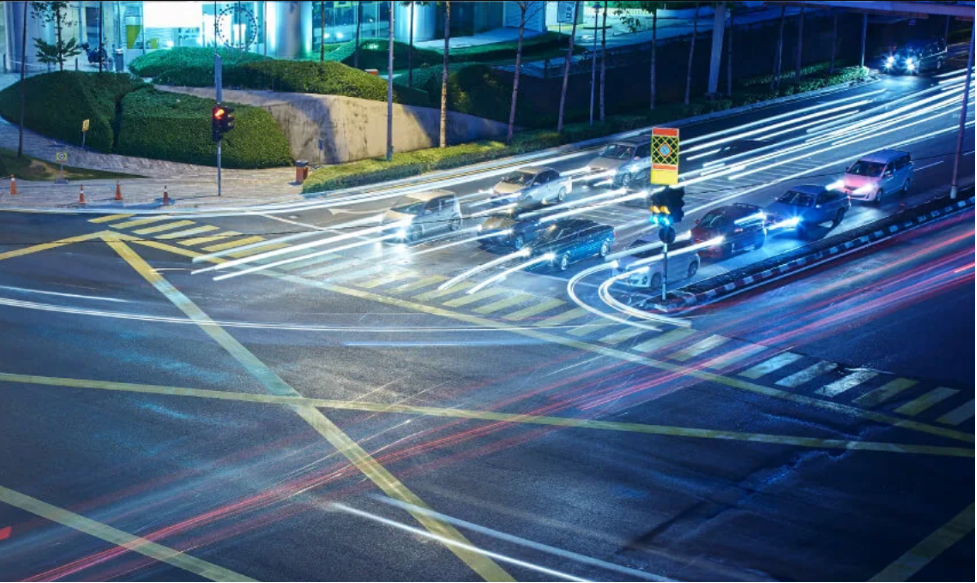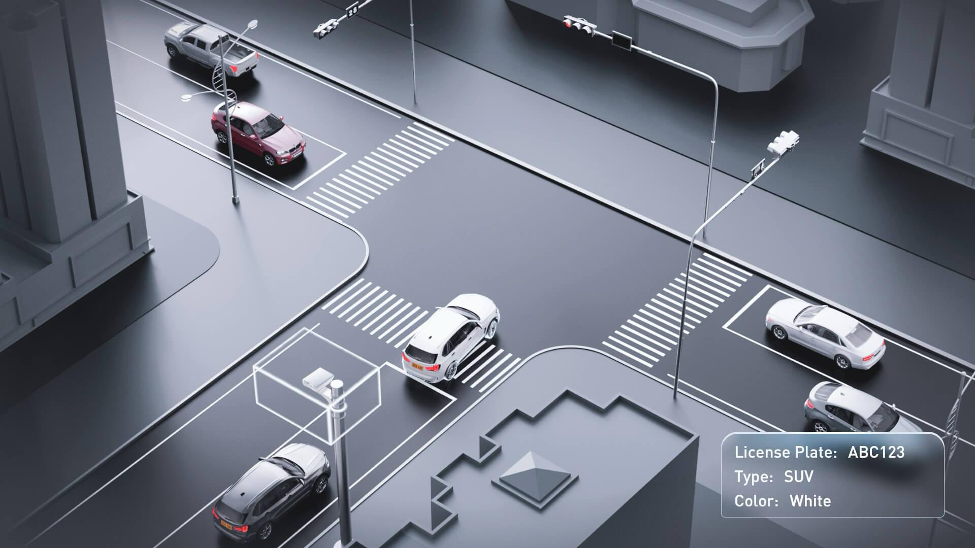
Traffic is an integral part of urban life. It plays a vital role in sustaining smooth and safe mobility within cities. The gargantuan growth of cities makes the task of traffic management extremely daunting. Efficient traffic management decreases congestion, enhances safety, and improves life quality.
Table of Contents
The Challenges of Traffic Management
Effective traffic management faces several significant challenges that impact urban mobility and safety.
1. Traffic Congestion and Its Impact
Traffic congestion is a prevalent issue in numerous cities, arising when excessive vehicles flood the roads, resulting in reduced speeds and prolonged travel times. This gridlock stems from several factors, including population growth, the surge in car ownership, and insufficient infrastructure.
The impact of traffic congestion is significant. It not only frustrates drivers but also affects the economy. Longer commute times mean less productivity and more fuel consumption. Additionally, traffic jams contribute to pollution, which harms the environment and public health.
2. Traffic Violations: A Threat to Safety
Traffic violations are another major issue in urban areas. Common violations include speeding, running red lights, and illegal parking. These actions can lead to accidents, endangering both drivers and pedestrians.
Speeding is particularly dangerous as it reduces the driver’s reaction time and increases the severity of accidents. Running red lights can cause collisions at intersections, which are often severe. Illegal parking can obstruct visibility and disrupt the flow of traffic, leading to potential accidents.
3. Enforcement Challenges
Monitoring and managing traffic violations is not easy. Law enforcement agencies often struggle with limited resources and a large area to cover. This makes it difficult to catch every violator in real-time. As a result, many traffic violations go unnoticed, and the problem persists.
The Role of Technologies in Traffic Management
Technological advancements have significantly transformed traffic management, making it more efficient and effective.
The Advent of Traffic Cameras
To address these challenges, traffic cameras have become a common tool in many cities. Initially, these cameras were used to monitor traffic flow and record violations. They provided a way to observe traffic conditions and identify problems.
Evolution to Smart Traffic Cameras
Over time, traffic cameras have evolved into smart systems. These advanced cameras do more than just taking pictures. They use sophisticated technology to analyze traffic patterns, detectincidents, and even predict potential issues. This evolution has made traffic management more efficient and effective.

Advanced Traffic Management Solutions
Modern traffic management solutions offer a range of capabilities that extend far beyond basic monitoring.
1. Traffic Violation Detection Systems
Modern traffic violation detection systems are equipped with various features that go beyond simple speed detection. They can identify a wide range of violations, such as running red lights, wrong-way driving, and illegal lane changes. These cameras use high-resolution imaging and intelligent software to automatically detect these violations. They are capable of monitoring multiple lanes and tracking vehicles in real-time.
When a violation is detected, the system can issue a ticket without the need for human intervention. This automation not only improves enforcement efficiency but also acts as a deterrent for potential violators. These advanced capabilities help maintain road safety and reduce accidents by ensuring that traffic laws are consistently enforced.
2. Improving Traffic Flow and Safety
The information gathered by these smart cameras is used to improve traffic flow and enhance road safety. By analyzing traffic patterns, traffic managers can identify congestion points and take steps to alleviate them. For instance, they can adjust traffic light timings to optimize flow at busy intersections. This helps reduce waiting times and keeps traffic moving smoothly.
Moreover, these systems can predict potential traffic issues before they become problems. By understanding traffic trends, cities can plan better and make informed decisions. This proactive approach helps in managing traffic more effectively and ensuring a safer environment for everyone.

Applications and Benefits
The practical applications of advanced traffic management technologies demonstrate their significant benefits in real-world settings.
1. Managing Critical Junctions
Advanced traffic cameras are particularly useful at critical junctions, such as crossroads and T-junctions. These areas often experience high traffic volumes and are prone to accidents. Smart cameras can monitor these junctions in real-time, ensuring that traffic signals are working correctly and that vehicles are following the rules. This helps prevent accidents and keeps traffic flowing smoothly.
2. Protecting High-Risk Areas
In high-risk areas like school zones and hospital surroundings, traffic cameras play a crucial role in enhancing safety. These areas require extra caution from drivers. Cameras can enforce speed limits and ensure that vehicles stop for pedestrians. This is particularly important for protecting vulnerable groups like children and patients.
3. Combating Illegal Parking
Illegal parking is a common problem in many cities. It can block traffic, reduce visibility, and create hazardous conditions. Traffic cameras can help by identifying illegally parked vehicles and issuing fines automatically. This not only deters illegal parking but also ensures that streets remain clear for emergency vehicles and regular traffic.
Conclusion
Traffic management is essential for the smooth functioning of urban areas. The use of advanced technologies, such as smart traffic cameras, has revolutionized how cities handle traffic. These technologies help reduce congestion, improve safety, and enhance the overall quality of life. As cities continue to grow, the importance of effective traffic management will only increase. By embracing these advanced solutions, we can create safer, more efficient urban environments for everyone.